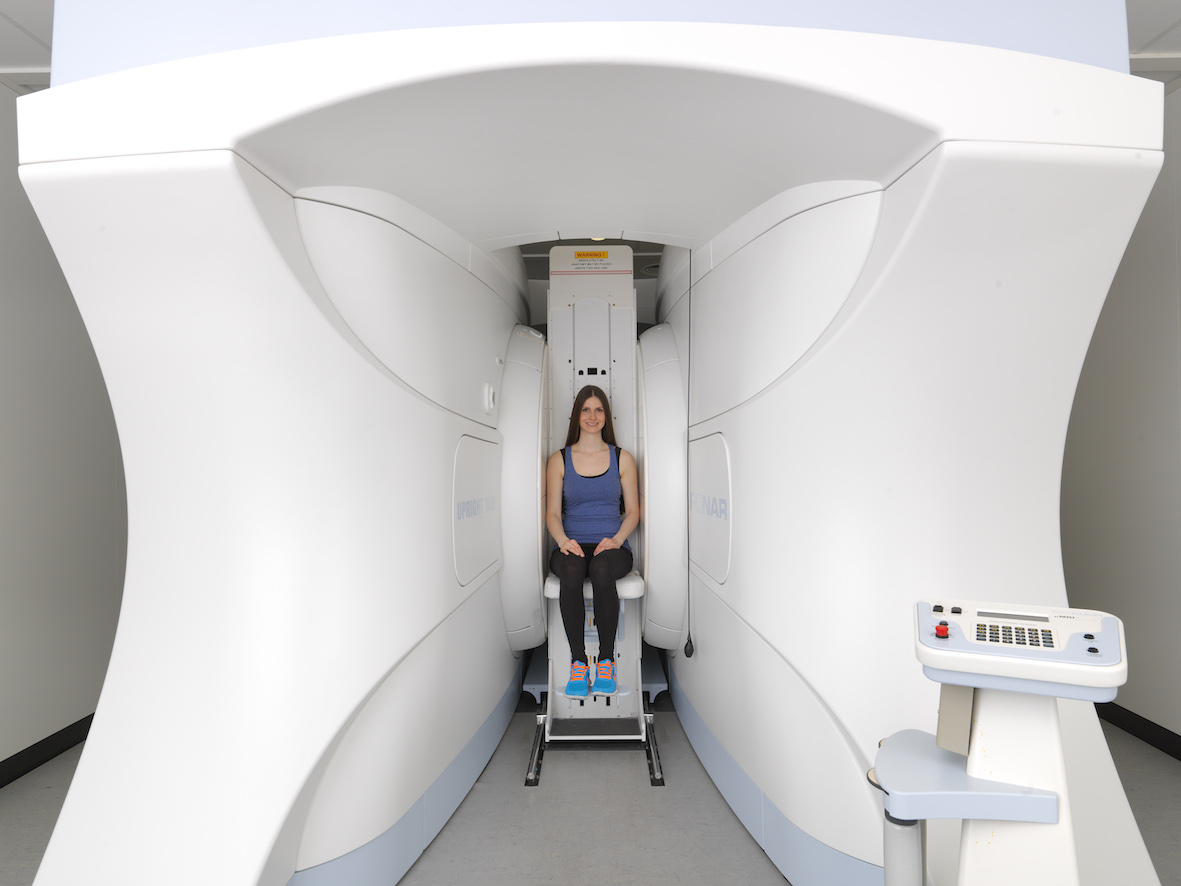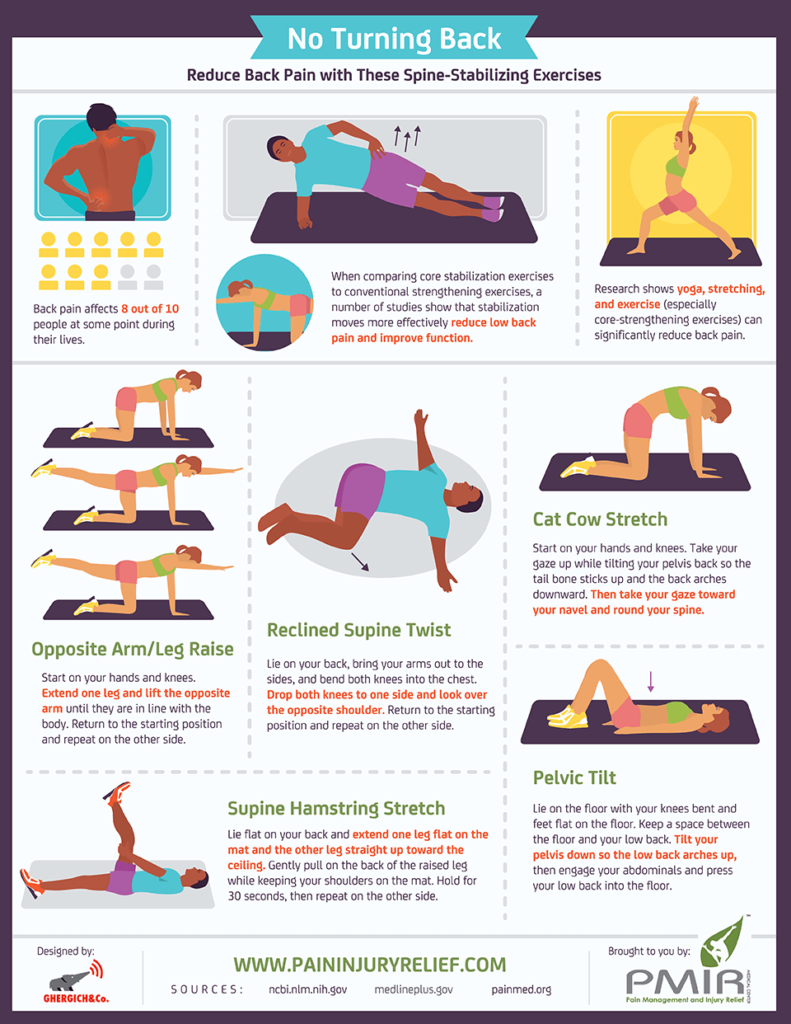It’s National Sickie Day on Monday (Feb 4). The day people are most likely to tell their boss they’re too ill to work.
It’s the day after the weekend that around 4.2 million drinkers have fallen off the Dry January wagon, not to mention celebrating the first payday since Christmas.
The reasons that bosses hear most often are flu, back pain and accidental injury.
But back pain is actually a more genuine excuse than you might think, according to new research by the Medserena MRI Centre.
One in five people who suffer from the condition have reduced their hours or even given up their job completely.
Over half of those polled (52%) said their back pain troubled them at least several times a month, with 56% describing it as either somewhat or very severe. One in seven suffer every day.
And nearly half (48%) said their problems had been going on for more than five years.
An estimated 2.5 million people experience back pain every day in the UK and treating it costs the NHS more than £1 billion a year*
The Medserena poll found that, contrary to popular belief, back pain is just as common amongst younger age groups as the elderly.
Whereas 61% of people aged over 55 had back pain at least once a month, the figure for 18-24 year olds was even higher at 71%.
And surprisingly, those in higher managerial jobs suffer more from back pain than manual workers.
Nearly two thirds (63%) of top professionals experience pain at least once a month, compared with around 53% of manual workers – although skilled and semi-skilled workers are more likely to say their condition was caused by lifting heavy loads.
Management, on the other hand, attribute their back pain to bad posture over time – and take more days off sick for this reason than any other type of employee.
Yet despite the prevalence of back pain, the poll found that over a third (34%) of those affected hadn’t sought advice from a medical professional – albeit the likelihood of consulting a GP or specialist increases steadily with age.
Only a fifth (19%) had undertaken an MRI scan, with just under a quarter (24%) having an X Ray.
Men were significantly more likely to have a scan or other test than women.
“An MRI scan can provide a conclusive diagnosis of back pain, particularly when carried out in a natural weight-bearing position,” comments Professor Francis Smith, Medical Director at Medserena.
“If you stand up, sit down, flex your neck or move into different postures, the scan can be carried out in exactly the position that pain is experienced. This means a proper treatment plan can be devised by your consultant”.
Painkillers are the most popular way of dealing with back pain, taken by 47% of respondents – whilst 27% don’t bother with treatment at all, opting to grin and bear it instead.




